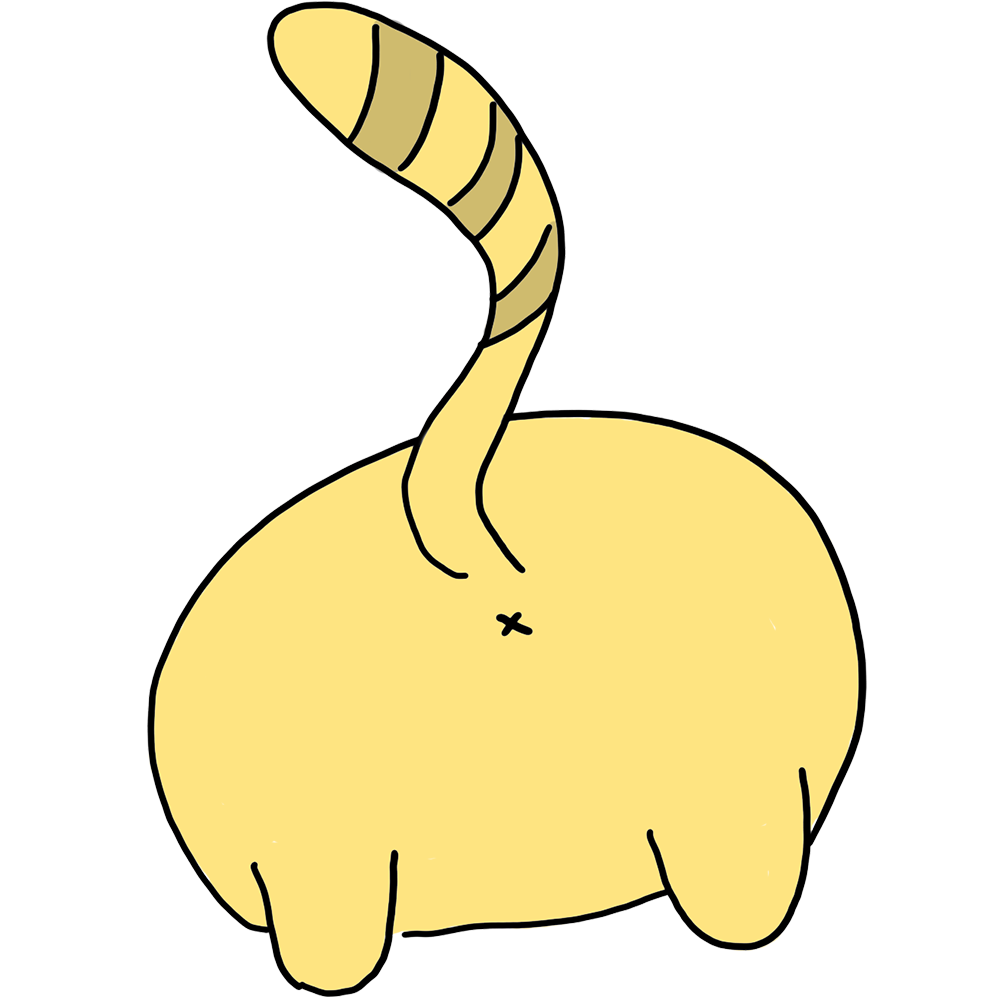What is "Holding Capacity?"
Holding capacity refers to the ability of an area to sustain strays because of the available food and water sources.
Food source may be in the form of exposed food waste or regular stray feeders. The more food sources, the bigger and healthier the stray population, especially if feral cats in the area remain unsterilized. More food sources attract other cats beyond the regular cat colony. Moreover, healthier unsterilized cats reproduce and produce healthier more viable kittens, contributing to population growth.
The TNR program includes the sterilization of cats to prevent breeding and returning them to the site. Cat colonies in TNR sites are maintained through proper feeding and medical care. The implementation of the TNR program coupled with proper garbage management system will help keep the stray cat population to a minimum.
PAWS believes that community engagement is necessary to manage the stray population within its area. PAWS encourages communities to collaborate in the implementation of a TNR program. With assistance from PAWS, this entails:
- Humane trapping and releasing of cats, avoiding unnecessary stress
- Managed feeding in designated areas, fixed schedules, and appropriate quantities
- Non-taming of the feral cat population, avoiding petting or socializing,
- Awareness raising on the benefits of TNR


